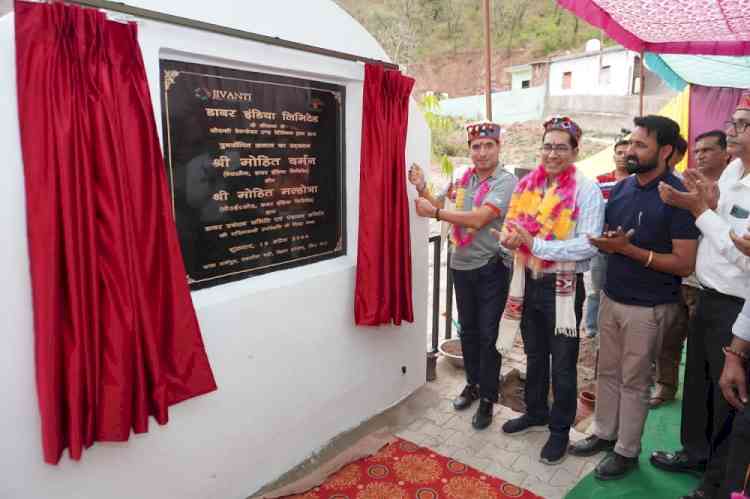Decline in Gas Prices to Drive a Marginal Reduction In Urea Subsidy - India Ratings
Author(s): City Air NewsNew Delhi, April 2, 2015: India Ratings & Research (Ind-Ra) believes that the indigenous urea subsidy bill will be arrested marginally by INR9.3bn in FY16 pursuant to the 7.72% cut in domestic natural gas prices...

New Delhi, April 2, 2015: India Ratings & Research (Ind-Ra) believes that the indigenous urea subsidy bill will be arrested marginally by INR9.3bn in FY16 pursuant to the 7.72% cut in domestic natural gas prices to USD4.66 per mmbtu (million metric British thermal unit) from USD5.05 per mmbtu.
The downward revision in prices is applicable for the period 1 April 2015 to 30 September 2015 and is due to the decline in gas prices at the bench mark indices of Henry Hub (HH) in the US, National Balancing Point (NBP) in the UK, Canada’s Alberta Hub as well as Russia’s energy hub, over the reference period January 2014-December 2014.
Natural gas, which forms a majority of the raw material cost for urea production in India, is a pass through for gas based urea producers up to their respective reassessed capacities. Around 80% of indigenous urea is produced using domestic gas.
Subsidy requirements to remain high: Urea retail prices are controlled by the government and any change in gas prices is absorbed by the government of India (GoI) through subsidies. Ind-Ra had earlier reported (FY16 Outlook: Fertilisers) that the subsidy burden for indigenous urea had increased due to the upward revision of gas prices in November 2014. However, factoring in the November 2014 increase in gas prices, the recent downward revision will partly offset, albeit marginally, the subsidy burden by 2.4%. Nevertheless, urea subsidy requirements will continue to remain high despite the proposed reduction, as gas prices remain higher than the FY14 level of USD4.2 per mmbtu.
Support for post cut-off production: During 4QFY15, a couple of urea plants such as National Fertilizers’ Nangal and Chambal Fertilisers’ Gadepan II had announced a shutdown citing that they had reached cut-off production levels. Beyond cut-off production levels, gas prices are not pass-through and urea subsidy mechanism is an interplay between urea import parity prices, dollar-rupee exchange rates and the price of natural gas.
The upward revision in gas prices during November 2014 had significantly altered the urea production feasibility at post-cut off production levels. However, reduction in gas prices could support post cut-off production for some of the plants.
Paradigm shift required: Ind-Ra believes that the reduced gas prices could support post cut-off urea production in the short term, however, a paradigm shift in the fertilizer policy with urea price decontrol could be the only sustainable solution to support the domestic urea industry.
Subsidy allocation over the years: GoI has increased the subsidy allocation for indigenous urea to INR360bn in FY15 from INR265bn in FY14 and revised it to INR382bn for FY15 and FY16. Increased subsidy requirements are partially due to the increase in domestic gas prices from FY14 levels as well as a marginal increase in the use of costly imported liquefied natural gas (LNG).
(Source: Senior Manager - Corporate Communications and Investor Relations, India Ratings & Research A Fitch Group Company)
Date:
Thursday, April 2, 2015

 cityairnews
cityairnews 
















